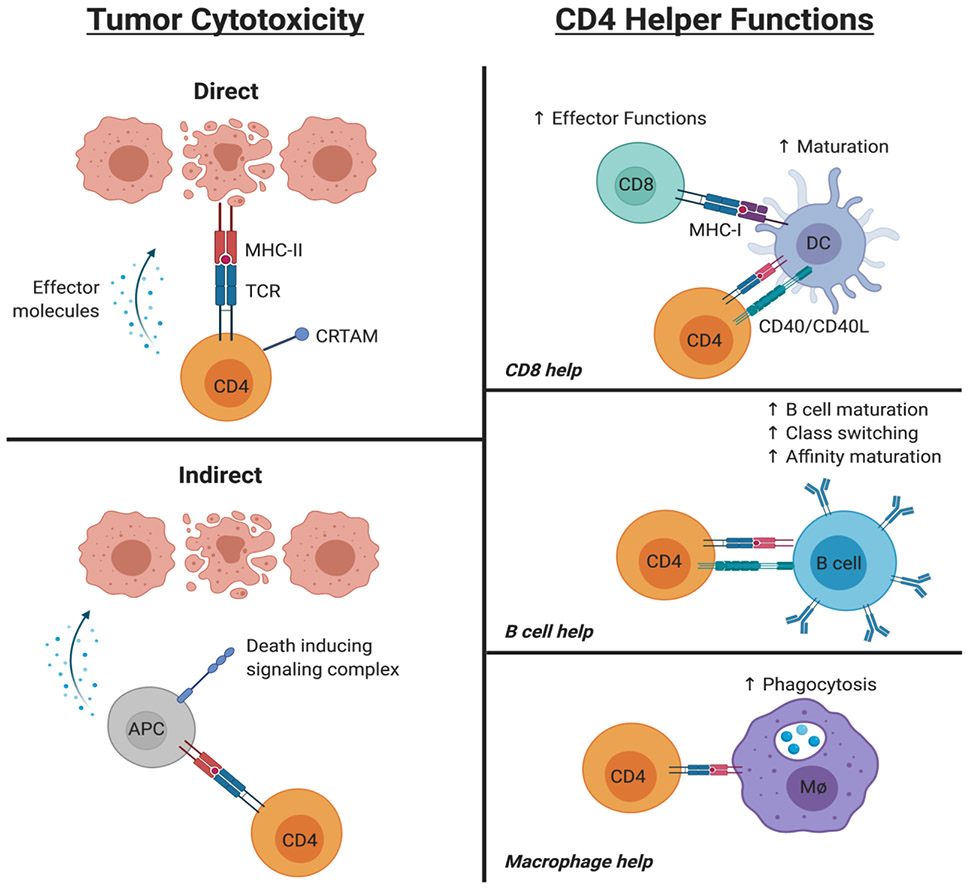Figure 1: Overview of CD4 T-cell functions.
CD4 T-cells are most well known for their T helper cell functions (displayed on the right). Through recognition of the T-cell receptor (TCR) of the peptide-major histocompatitibility (MHC) complex, CD4 T-cells mediate increased maturation and activation of dendritic cells (DC). This process allows augmented CD8 T-cell effectors upon interaction with the activated DC. Furthermore, CD4 T-cells increase B cell maturation, antibody class switching, and affinity maturation, and enhance phagocytosis within macrophages (Mϕ). Aside from helper functions, CD4 T-cell possess both direct and indirect tumor cytotoxicity capacities (displayed on the left). Direct cytotoxicity was demonstrated by cytotoxic CD4 T expressing Class I-restricted T-cell-associated molecule (CRTAM). Indirect cytotoxicity could also be guided by CD4 T-cells through interaction with antigen presenting cells (APCs) or natural killer cells.

